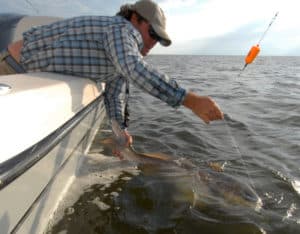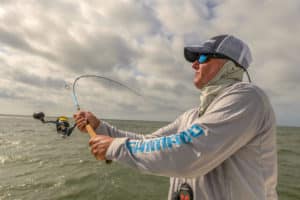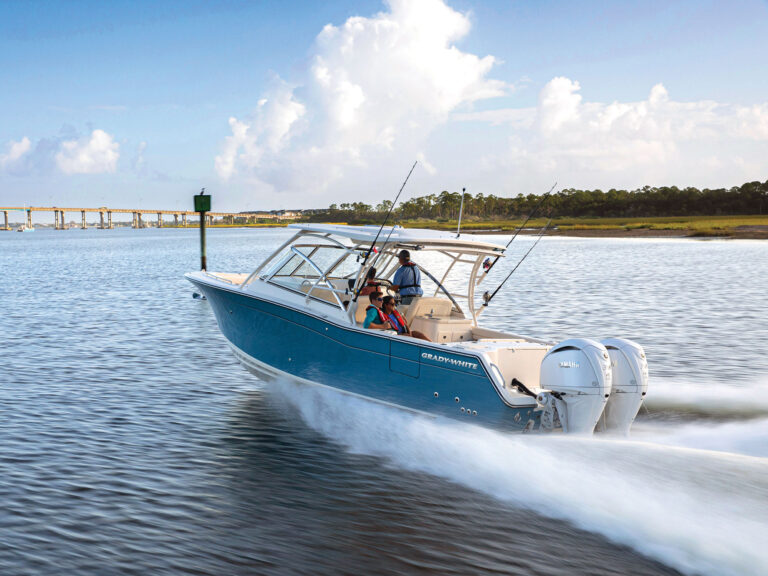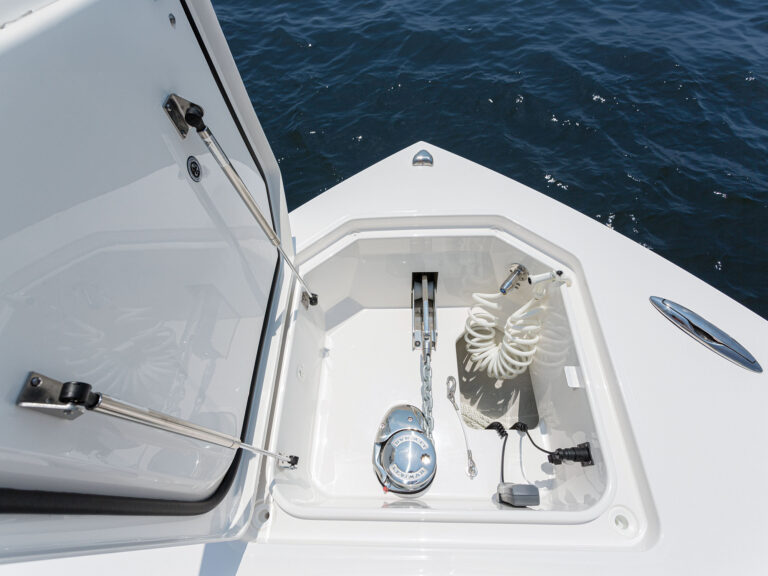
In his satirical novel Catch-22, Joseph Heller perfectly summed up the average angler’s experience in federal fisheries management when he wrote that “just because you’re paranoid doesn’t mean they aren’t after you.” In the case of Snapper Grouper Amendment 46, anglers are certainly justified feeling more than a little paranoid.
On its surface, the effort to address deficiencies in recreational data through the creation of a permit requirement for private recreational vessels makes some sense. Better defining who is fishing offshore can lead to better data on harvest and, just as importantly, on bycatch. No paranoia yet.
One of the most significant limiting factors in the South Atlantic red snapper fishery is the tremendous bycatch mortality that NOAA Fisheries attributes to recreational anglers, even though federal information on recreational discards is probably the poorest-quality dataset in all of federal fisheries management. Which is really saying something.
NOAA calculates that the red snapper anglers catch and discard dead while fishing for other things when the snapper season is closed is enough to consume just about the entire recreational quota, resulting in the recent 2-day open season. Not only that, there is nothing on the horizon to make those seasons any longer – this may be as good as it is going to get, according to NOAA, despite perhaps the largest population of red snapper since management began.
Last year, NOAA Fisheries threatened to implement massive bottom fishing closures to get at the alleged red snapper bycatch problem, but the South Atlantic Council, anglers, state agencies, boating and tackle manufacturers, elected officials, charter operators — basically everyone other than NOAA — utterly rejected that proposal as wild over-reach in the face of a booming red snapper population.
In the midst of this debacle, Amendment 46 outlined a federal permit for offshore anglers to get a better handle on exactly who is fishing offshore and use that information to determine better harvest and bycatch data. On its surface, this proposal makes sense, but it also rings the paranoia alarm bell for two reasons.
For starters, anglers lobbied for a saltwater license and established the Federal Saltwater Registry in the 2006 reauthorization of the Magnuson Stevens Act specifically to improve recreational data and to date that effort has been largely wasted. Coastal states had the option of establishing their own license systems or using the federal registry to determine angler populations. Almost every state established its own saltwater licensing system, so this information already exists although it is not clear how or if NOAA uses it. Tweaking what is already available to identify those who fish offshore should be a relatively simple exercise, so why is an entirely new federal permit necessary?
Second, NOAA Fisheries officials have made several alarming statements in recent years about their desire for “effort rationalization” in the recreational sector. The current leadership of NOAA seems to be of the opinion that, even though they say they have no idea how many anglers are fishing offshore, they are certain it is far too many and therefore that effort needs to be limited by the federal government.
One way to limit recreational effort is to create an offshore permit and forbid those who aren’t fortunate enough to get one from fishing. Make no mistake — there is an incipient groundswell of support inside the agency and across several environmental groups for limiting recreational access as a management tool. Locking you out of your fishery is on the table.
That threat became a bit more tangible after Amendment 46 evolved to include language that the permit would only be used to disseminate fishery information and education materials, and any reference to data collection was removed. The rationale given for removing data collection from the permit was to expedite the process, but without a data component the permit becomes virtually meaningless. Several Council members objected to the change, which created the potential for the amendment to become an unjustified mandate with a wide-open door for its purpose.
NOAA Fisheries has an abysmal record of recreational management and expressing a desire to limit the number of anglers on the water is not a way to engender trust with the recreational community. One way anglers could support the original goal of an offshore permit is to task the states with adapting their own systems — which already exist — to determine the offshore angling universe. Putting the states in charge and ensuring that any such permit is used only for data collection and educational purposes has a much higher likelihood of cooperation and success.
Anglers in the South Atlantic are desperate to find a solution to the chronic crisis of federal fisheries management, yet they are rightly suspicious of NOAA’s intent behind a federal offshore permit. Better data is clearly part of the solution, but it’s a good idea to first make sure they really aren’t out to get us.
About the Author: Ted Venker is the Vice President and Conservation Director of the Coastal Conservation Association.








